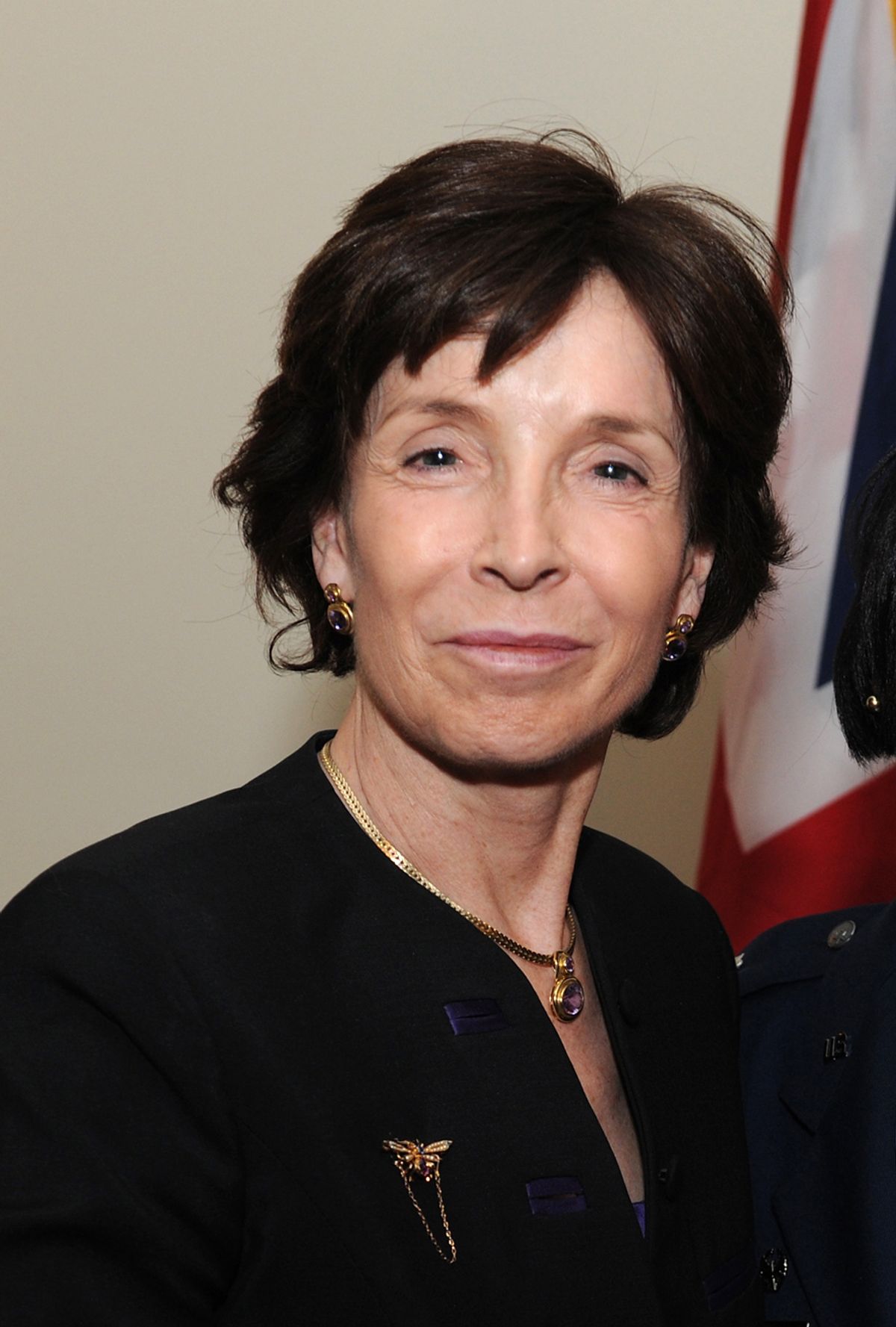The UK scientist Mary Archer will scrutinise how Arts Council England (ACE) distributes public subsidies as part of a wide-ranging review overseen by the UK government.
The assessment is part of the Cabinet Office’s cross-government public body reviews programme, which says the UK Department for Culture, Media and Sport (DCMS), is a standard process routinely carried out on all publicly funded organisations (the last review of ACE took place in 2017).
Archer, the former chair of the UK Science Museum Group, will be assisted by a panel of 14 cultural figures including Tony Butler, the executive director of Derby Museums Trust, and Nathaniel Hepburn, the director and chief executive of Charleston, the rural retreat of the Bloomsbury Group in East Sussex.
Under the system for England, the government channels arts funding through ACE. Crucially, “as part of the standard process for reviews of this kind, the review team must identify how Arts Council England could implement 5% of cost savings,” adds a DCMS statement. Archer will also evaluate how ACE funds “ambitious projects of the highest quality”, says the Culture Secretary, Lucy Frazer.
There have been shifts in how ACE distributes its subsidies. The last round of ACE grants were announced in November 2022, covering three financial years from April 2023 to April 2026. The £445m a year allocated to 985 recipient bodies (national portfolio organisations) was up on the £410m handed out in the 2018/19 round. But the funding announcement unleashed a storm of protest at the time due to a shifting of resources.
The most fundamental change was the financial shift from London to the regions, a move initiated by ACE’s “Let’s Create” strategy, published in 2020. This was taken up by the former Conservative culture secretary, Nadine Dorries, who stressed that she had successfully lobbied the Treasury for extra funding as part of a “levelling up” strategy.
After pointing out that ACE’s annual spend in London is £21 per capita, compared with £6 outside the capital, Dorries explained that she had successfully lobbied the Treasury for extra “levelling up” funding. “I am instructing the Arts Council to significantly increase investment outside of London,” she said.
The move raised concerns about the “arm’s length” funding principle which guarantees that museums and arts institutions can operate independently but Nicholas Serota, ACE chair, insisted that allocations were ACE decisions.
ACE has also been at the centre of a censorship row after publishing its initial Relationship Frameworks policy update in January, sparking a wave of criticism from culture sector figures who warned that ACE’s “reputational risk” conditions would curtail artistic freedom. In revised guidance published by ACE on 28 February, the funding body said that “freedom of artistic expression is a foundational principle in this country, and one that we are committed to champion and defend”.
Darren Henley, the chief executive of Arts Council England, says in a statement: "The Public Bodies Review gives us a welcome opportunity to show how we're delivering our ten-year strategy, ‘Let’s Create’, by supporting artists, arts organisations, museums and libraries as they create ambitious, high-quality work for audiences and communities in villages, towns and cities across England.”


